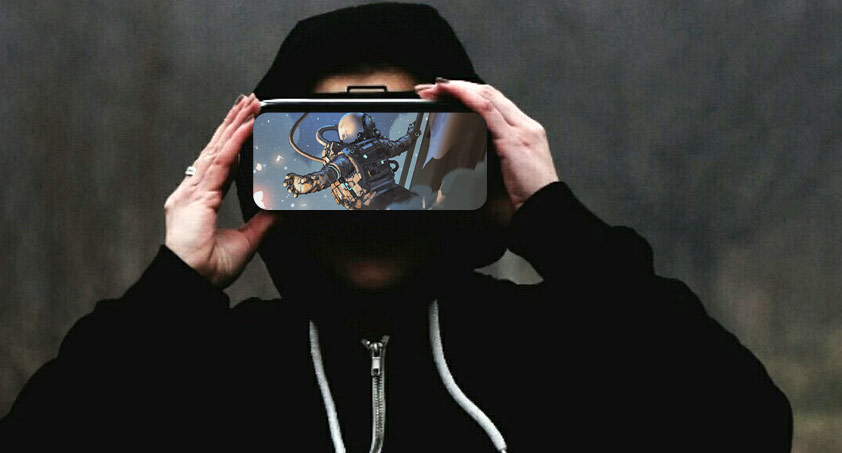Virtual reality (VR) is a simulated environment created for entertainment, education, and several other purposes. It involves the use of VR headsets that generate realistic images and sounds. The combination of such sensations gives individuals wearing these headsets the feeling of being inside the projected virtual environment.
They can move their heads and experience these artificial worlds as if they were real. Here are a few virtual reality facts that you’ll find truly surprising:
1. Some of the best VR applications are not in gaming
For many individuals, virtual reality means gaming. Whenever someone mentions this term, all that most people can think about is computer games. If you’re one of them, it’s time you knew certain facts about VR. Some of the best VR applications have nothing to do with gaming. They’re mainly in use for creating virtual travel experiences, VR documentaries, and education.
2. Google Cardboard was a low-cost VR platform
The creation of Google Cardboard was the result of the efforts by the French Google engineers Damien Henry and David Coz. This VR platform was introduced at the Google I/O developers conference in 2014. The system got its name from the foldout cardboard viewer, which could accommodate a smartphone.
Intended as a low-cost system, it saw a big success upon its launch. More than 160 million downloads of Cardboard-enabled apps were made. Over 15 million units of the system were shipped by November, 2019. However, the Google Store stopped selling Cardboard viewers due to declining interest.
3. There’s no single person behind the invention of VR
You must be dying to know more about that one person who invented this technology. Well, you’re in for a disappointment here, as no single person can be credited for virtual reality. It appeared first as a concept in science fiction literature. Among the best examples would be the writings of Morton Heilig on the ‘Experience Theatre’.
4. The U.S. Government has been using VR in recent times
NASA uses virtual reality to try to connect their engineers with the devices that they send into space. They have made a good use of Oculus and equipment from the Xbox One gaming console with motion sensing capabilities. The NASA engineers are using these technologies to develop ways to control a robotic arm.
It is controlled with gestures made by the operator on Earth. The U.S. military is now using VR for recruitment and training of soldiers. They create realistic environments using VR to train soldiers to work together in teams during actual combat.
5. Virtual reality can generate ROI for businesses
Most businesses shy away from applying virtual reality, questioning its benefits in the real world. While it’s true that VR is a relatively new technology, it can bring several benefits to businesses. One of these benefits is an increase in ROI. Let’s take the example of Thomas Cook, which is one of the globally-renowned travel companies.
It reported a 190 percent increase in tour bookings to New York City after incorporating VR. They had offered a virtual reality experience of New York City in their stores, which led to an increase in bookings.
6. All VR products and services are not expensive
While VR can be expensive, the manufacturers can make it cost-effective as well. The common belief that virtual reality is expensive stems from the big businesses that create products around it. The price of a product or service based on VR depends mostly on its scope. Some companies come up with VR offerings that cost thousands of dollars. A few others offer VR experiences at lower costs.

